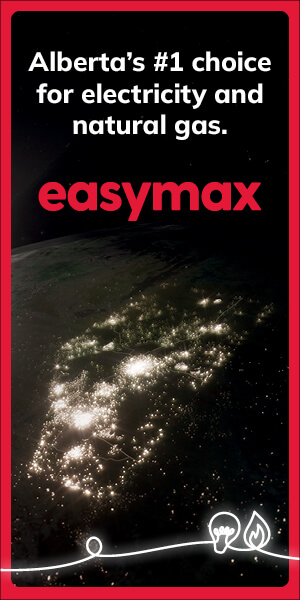It’s getting harder and harder for honest and hardworking boozers like your intrepid liquor reporter to catch a break.
First was the chilling news of the impending world whisky shortage, with rising demand exceeding the supply of the stocks aging in oak barrels in the distilleries of the world.
Say goodbye to the smooth and sophisticated whiskies that have been aged 5, 7, or even 10+ years, and hello to the new breed of 3-year old (or even younger) whiskies, still rough and unrefined after a too-brief visit to the oak barrels.
If the whisky shortage wasn’t bad enough news, now we must contend with the looming hop shortage in the beer industry.
For those readers who may not be aware, hops are the flowers of the Humulus lupulus plant, a robust vine closely related to the wacky tabaccy plant more commonly known as Cannabis sativa.
While there are similarities, hops is used almost exclusively as a bittering and antiseptic agent in beer, and will in no way give you the munchies or make you want to chill out while listening to Pink Floyd.
With the growing popularity of craft beers, hop usage in the brewing process has been growing exponentially, and is now exceeding the available supply.
It all started when a new beer style called the Pacific Northwest IPA exploded in popularity in the early part of the new millenium.
While the insipid macrobrews might only use half a pound of hops per barrel of beer, the crafty brands from the small producers were using up to 10 pounds of hops for every barrel of beer.
That 20x increase didn’t make much of a difference in the supply chain at first, just because the craft brewers were so small.
However, as the popularity of craft beer continued to increase, the hop farmers of the world have struggled to keep up with demand.
It doesn’t help that nearly 80% of the hops produced in North America come from the Yakima Valley in Washington state, just a few hundred kilometres south of the British Columbia border.
Low snowfall over the past few winters had led to decreased water runoff in the spring season, which lead to a few particularly dry growing seasons. With so much hop production concentrated in a small area, the impact has been significant.
Much like different breweries have their own special yeast strain, there are countless types of hops with differing aromatic and bittering qualities.
However, the most popular hops of the day are the Simcoe, Amarillo, and Citra varieties, which the craft brewers just can’t get enough of.
While the large breweries have supply contracts with hop farmers several years in advance, it is the small and mid-size brewers who find themselves being squeezed out of the market due to lack of available supply.
The next year or so may see a decline in availability of the ever-popular Pale Ale and IPA styles, if only because the hops are unavailable or unreasonably expensive.
When faced with the choice of paying an extra dollar for a pint of IPA, consumers may instead opt for a more malt-forward brew like an Amber Ale, an Irish Red, or even a Stout.
Your humble narrator has often waxed poetic about his love for the hoppy IPA beers available in our fair province, and will shed a tear if they become unavailable.
Luckily, the small craft brewers are nothing if not crafty, with many investigating alternative hop varietals, as well as branching out into other bittering agents such as sage, lingonberries, or bog myrtle.
While these alternative plants do not meet the stringent requirements of the Reinheitsgebot Bavarian Beer Purity Law of 1516, the boozers of the world may overlook this indiscretion to keep drinking their bitter beers.
Your intrepid liquor reporter has already started growing hop vines in the backyard, with an expected first harvestable crop in 2018. Perhaps I will be able to stave off the inevitable with my own private stash of hops!
Should the worst come to pass, and the hoppy beers that we know and love become priced out of the market for all but the 1% of monocle-wearing moneybag-carrying beer drinkers, your humble narrator will have to cry tears into his beer, although it probably won’t be a hoppy one!






